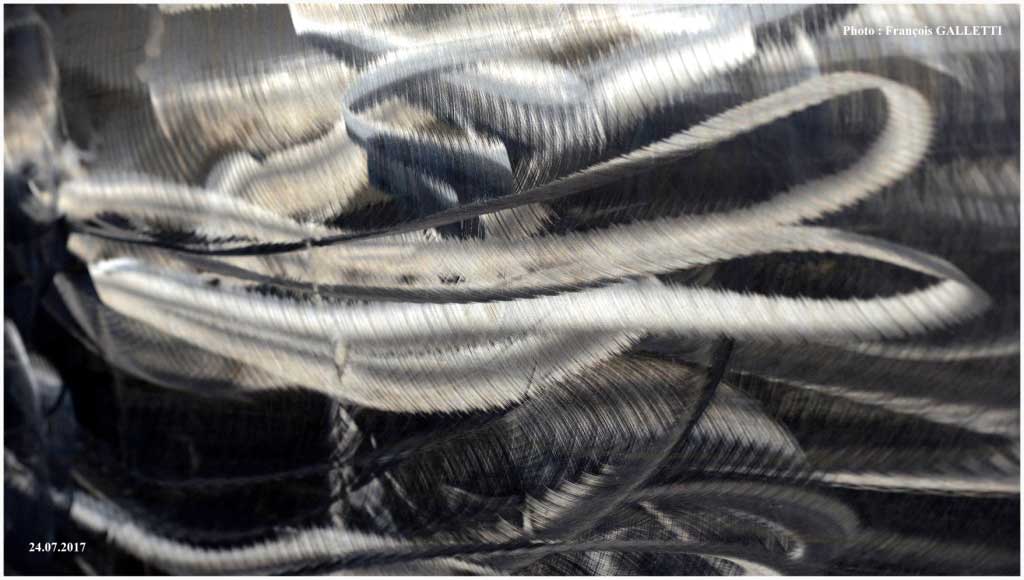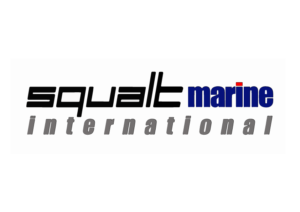Reminders of history
Aluminum is the most recently discovered metal since it has only been used industrially since the end of the 19th century.
In 120 years, its production has grown prodigiously, putting it at the forefront of non-ferrous metals and the second of all metals behind iron.
Aluminum is first used in its pure state for its lightness and unalterability, but at the beginning of the 20th century, the development of alloys of greater mechanical strength will be decisive.
The manufacture of aluminum
The manufacturing is divided into two stages:
- extraction of alumina from bauxite
- manufacture of aluminum by electrolysis of alumina.
The careers of the ore of departure, the bauxite, are very numerous and important all over the terrestrial globe. The oldest, now exhausted, were in the south of France, especially near the village of Baux en Provence, which gave its name to ore, bauxite.
Bauxite is a mixture:
- aluminum oxide, alumina (40 to 60%)
- silicon oxide, silica
- iron oxide (18 to 25%)
- titanium oxide
- water (10 to 15%).
To manufacture 1 ton of aluminum, 2 tons of alumina and 4 tons of bauxite are needed.
The characteristics of aluminum
The low density of aluminum has earned it the name of light alloys.
Indeed, aluminum is the lightest metal after lithium and magnesium.
Aluminum is therefore 2.9 times lighter than iron and at equal weight, the mechanical strength of a 7075 aluminum alloy product is 1.5 times stronger than that of hardened steel.
The power of alloys
Aluminum is able to “associate” with a large number of other elements, giving rise to many different alloys with a very wide range of properties and to satisfy a large number of applications.
Aluminum alloys are classified into 7 families according to the main element of addition.
In each family, the different alloys have common “genetic” traits, but each also has its own personality.
Alloys are commonly referred to by a 4-digit number, the first of which refers to the family:
- aluminum without addition element: 1000
- aluminum + copper: 2000
- aluminum + manganese: 3000
- aluminum + silicon (casting alloys): 4000
- aluminum + magnesium: 5000
- aluminum + magnesium + silicon: 6000
- aluminum + zinc + magnesium: 7000
The influence of manufacturing processes
It is possible to increase the mechanical strength of aluminum and all its alloys by cold deformation called strain hardening.
There are more other states hardened. For example: H111: annealed and slightly hardened (less than H11).
Machining-Welding-Corrosion resistance
In general, the alloys with high mechanical characteristics, and therefore with low cold deformation capacity, work well.
The most suitable alloys for machining are the following:
- 2017A T4, 2024 T3 ,2618A T851
- 5083 H111
- 6082 T6
- 7075 T651.
While in general all aluminum alloys are weldable, they do not all behave identically.
Of the three classes of alloys, only the first two are of interest to us:
- Alloys without structural hardening (families 1000, 3000 and 5000).
They have good weldability; when used in the annealed state, they do not suffer significant loss of mechanical characteristics at the weld.
Typical alloys are: 1050A O, 3003O, 5083H111, 5086W; the addition of chromium in these last two alloys further improves their weldability. - Copper-free structural hardened alloys (6000 family and some 7000 family alloys).
6000 family it is possible to perform a new treatment of income on the welded structure; alloys of the 7000 family recover a significant portion of their initial characteristics by maturation at ordinary temperature.
Typical alloys are: 6060 T5, 6082 T6, 7020 T5.



Recent Comments